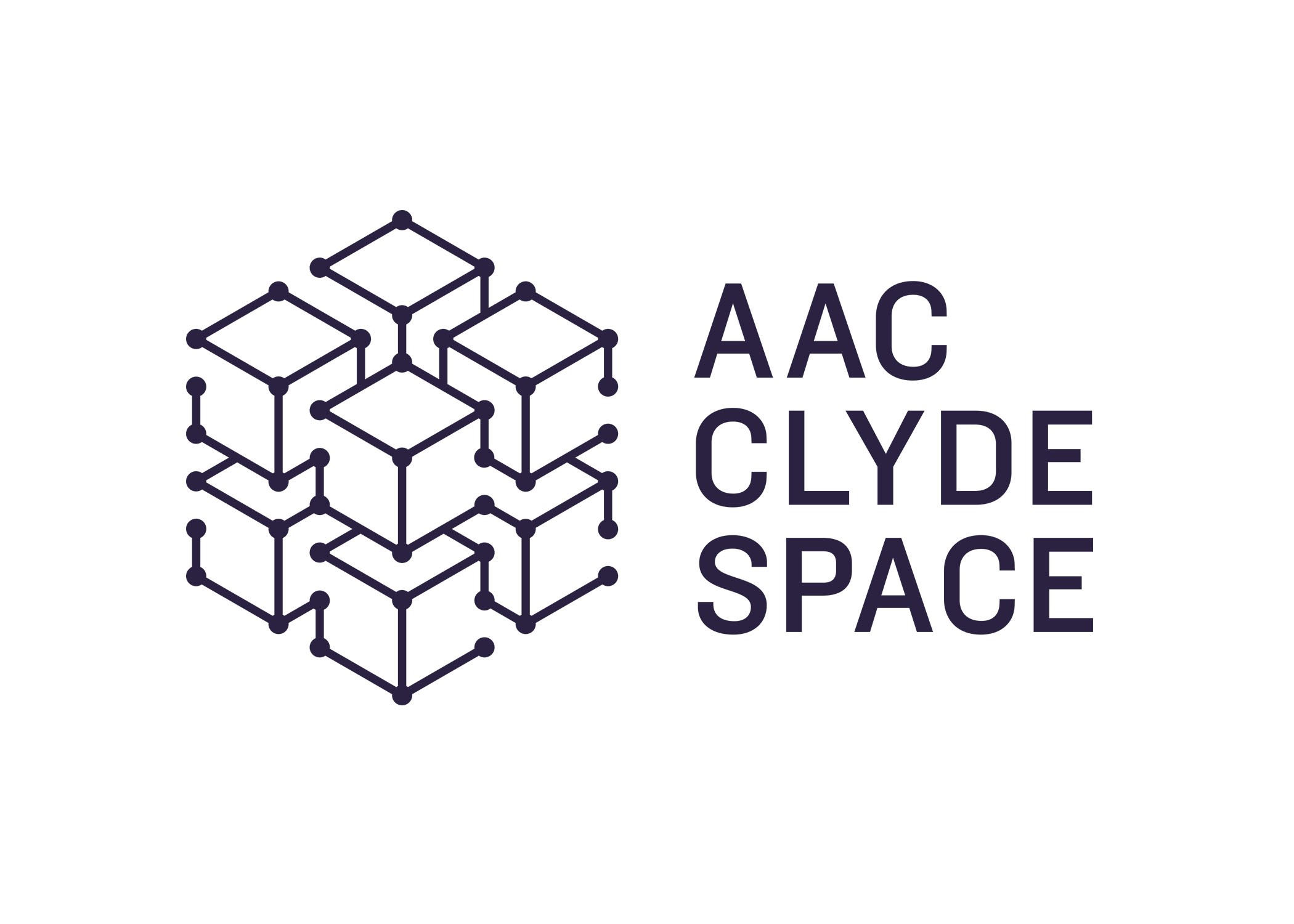-
StatusCompleted
-
Status date2019-09-23
-
Activity Code1B.090
The objective of the study was to assess the feasibility of using nano-satellites for commercial telecommunications services. For the purposes of the study, a nano-satellite or CubeSat is defined as a spacecraft of mass less than 16 kg, and form factor no larger than 12U. Nano-satellites have the inherent benefits that they are small, lightweight, and relatively low cost when compared to larger more traditional systems, due to the use of a standard form factor and COTS technology.
CubeSats were initially used as an educational tool in universities to give students experience of spacecraft design and operation and were therefore often thought to have limitations on their commercial capabilities. Over the past ten years CubeSat technology and manufacturing practices have developed at such a pace that they are now seen as a category of miniature spacecraft which can deliver information and earth imagery of commercial value. The largest commercial application for space operations is in telecommunications; therefore it is only natural for research and interest to grow in using CubeSats for telecommunications.
A TRL assessment for the major spacecraft sub-systems was completed. At present, the majority of sub-systems already exist at TRL 8 to 9, with a few components at lower levels such as TRL 6.
There are a number of technology developments needed to realise the full capability of the M2M concepts which this study has focused on. Specifically:
- Higher gain UHF/VHF antennas in the patch or helical antenna form, Software Defined Radios, and an efficient LEO multiple access scheme.
- High data rate transceivers, re-steerable antennas or phased arrays, low latency Inter-Satellite Links, and higher TRL propulsion capabilities.
- The user segment for the M2M concepts requires significant development, specifically the user terminal for both concepts would require a bespoke M2M terminal to be developed.
The risks to launch, early operations, and satellite lifetime for commercial telecommunications were also identified. The most significant risk regarding launch is procuring a number of separate launches in a timely manner in order to launch multiple planes of CubeSats. The most feasible mitigation plan in this case would to be use a powered upper stage in order to deploy multiple planes in a single launch.
The successful application of nano-satellites to the commercial satellite communications field requires identifying those applications that are both commercially and technically feasible utilising nano-satellites. Applications such as radio-interference measurements, data dissemination, LEO gap-fillers, and low-data rate communications were assessed. The analysis suggested that a feasible application would be machine-to-machine communications (M2M), and two technical M2M concepts were down-selected for further technical and commercial analysis. The risks associated with regulatory considerations, including legal issues, frequency allocation, and satellite insurance were also reviewed. The biggest risk in this area lies in obtaining a frequency allocation, specifically in the congested UHF/VHF region.
During the course of the study, customer requirements from two governments became available which allowed a realistic use case for the M2M applications to be developed:
- The government of Vietnam sought to implement a 1-way M2M data dissemination service to specific end users (in this case fisheries operators) in areas not served by traditional terrestrial communication services.
- M2M 2-way – this service is aimed at data interrogation and collection from remote platforms (in this case maritime surveillance buoys), which again are not served by terrestrial communications services and often have a sovereign capability element to their operations. The case study focus for this concept was a Malaysian maritime surveillance service.
The project has been completed in 2017.





